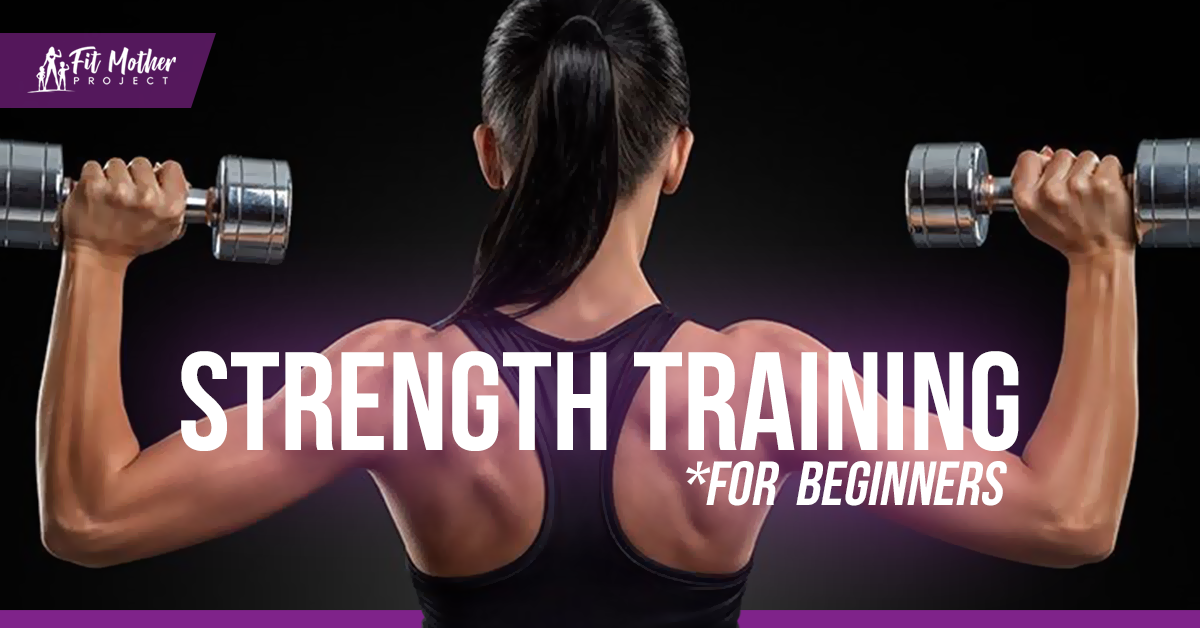
Lie on your back on the floor and rest your heels on a bench or chair. Perform all your reps with one arm first, and then switch arms and repeat. Keeping your lower back in its natural arch, row the weight until it touches your side. Grab a dumbbell in one hand, and rest the other hand and knee on a bench. Squeeze your glutes and hamstrings to come back up. Bend your hips back and lower your torso, allowing your knees to bend as needed, until you feel your lower back is beginning to lose its arch. Hold a dumbbell in each hand with the weights against your thighs. Pedal at a moderately hard pace for 12–20 minutes. Hold your arms out straight and twist as far as you can in one direction and then to the other side. Sit on the floor with a dumbbell or weight plate in both hands and recline your torso to a 45-degree angle. If you can’t do dips, do a lying triceps extension with an EZ-curl bar Grab onto the parallel bars of a dip station and lower your body until your upper arms are parallel to the floor. Lower yourself using your support leg until your rear knee nearly touches the floor. Rest the top of one foot behind you on a bench or chair. Brace your abs and press the weights straight overhead. Hold a dumbbell in each hand at shoulder level. Lower your body until your rear knee nearly touches, and your front thigh is parallel to, the floor. Hold a dumbbell in each hand and step back with one leg.

Keeping your body straight, lower yourself until your chest is about an inch off the floor. Place your hands on the floor outside shoulder width and tighten your abs. Squat down as low as you can while keeping an arch in your lower back. Hold a dumbbell in each hand and stand with your feet shoulder width apart. After a month, you’ll see how rewarding just a months in the gym can be. Perform three sets of 8–10 reps for each exercise. Do one set of A, rest, then one set of B, rest (note that some groups have an exercise “C”), and repeat until all sets are complete. Perform the exercises marked with letters as a group. Perform the two workouts (Day 1 and 2) once each per week, resting at least a day between each. If you can only commit two days a week to the gym, that’s OK. Now that you’re ready to exude proper gym etiquette, it’s time to consider what training program you’ll use. The correct starting position for most exercises is shoulders back, chest out, standing (or sitting) tall, with your abs tight. STAND UP STRAIGHT: Want an easy way to tell if you’re performing your exercises correctly? Check your posture. If you start so gradually that you barely notice the change, you’ll be more apt to continue it and make more changes without them ever seeming daunting.ħ. START SLOW: Making minor amendments to your daily routine will help you cultivate positive habits. It can be tempting to pick up the biggest dumbbell imagineable so you, y’know, look tough-but in reality, you could be doing much better.Ħ. A simple gauge: You should be able to pause for at least one second before lifting a weight. CONTROL THE WEIGHT: As a beginner, never use a weight that’s so heavy that you need momentum to lift it. EMBRACE THE DUMBBELL: You won’t need a spotter, you’ll rarely have to wait for a pair, and they’ll work your muscles harder than machines.ĥ. BE PREPARED TO SPOT: As a beginner, ask the person exactly what you should do.Ĥ. (Always wipe your filthy slime off the bench between sets.)ģ. BRING TWO TOWELS TO THE GYM: One for your post- workout shower, one for sweat-soaked equipment. Then drink the difference in ounces of water.Ģ. So weigh yourself on a digital scale before and after your workout. Don’t worry though, we’re here to guide through perfect technique, efficient programming, and a clean diet in the quest to reaching all of your fitness goals.īefore you even start thinking programming, be sure to do these seven things at every one of your workouts from here on out. To avoid injury, you’ve got to make sure proper form and the correct volume are essential.

That said, if you’re lifting weights improperly or too often, you can end up getting hurt. The Best Weightlifting Shoes for Squats, Powerlifting & Olympic Lifting Read article


 0 kommentar(er)
0 kommentar(er)
